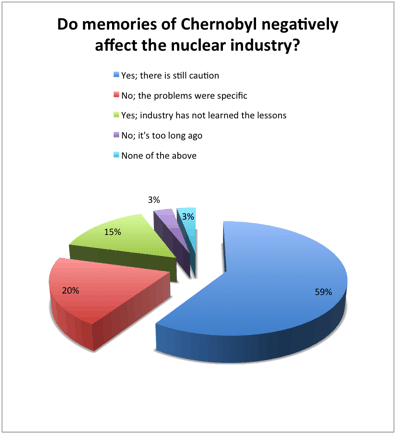We had an emphatic response to our poll on the effects of Chernobyl, with 60 per cent of the 447 respondents agreeing that the disaster still engendered caution over nuclear installations in the UK from the public and politicians. The next-largest group, 20 per cent, thought that it was well-understood that the problems that caused the disaster were specific to the design of the Chernobyl reactor and the former Soviet nuclear industry. A further 15 per cent thought that the UK sector had not taken account of the lessons of Chernobyl; while 3 per cent thought that the disaster was to long ago to affect the industry today. A further 3 per cent declined to pick an option.

Please continue to send us your views on this issue.





Red Bull makes hydrogen fuel cell play with AVL
Surely EVs are the best solution for motor sports and for weight / performance dispense with the battery altogether by introducing paired conductors...